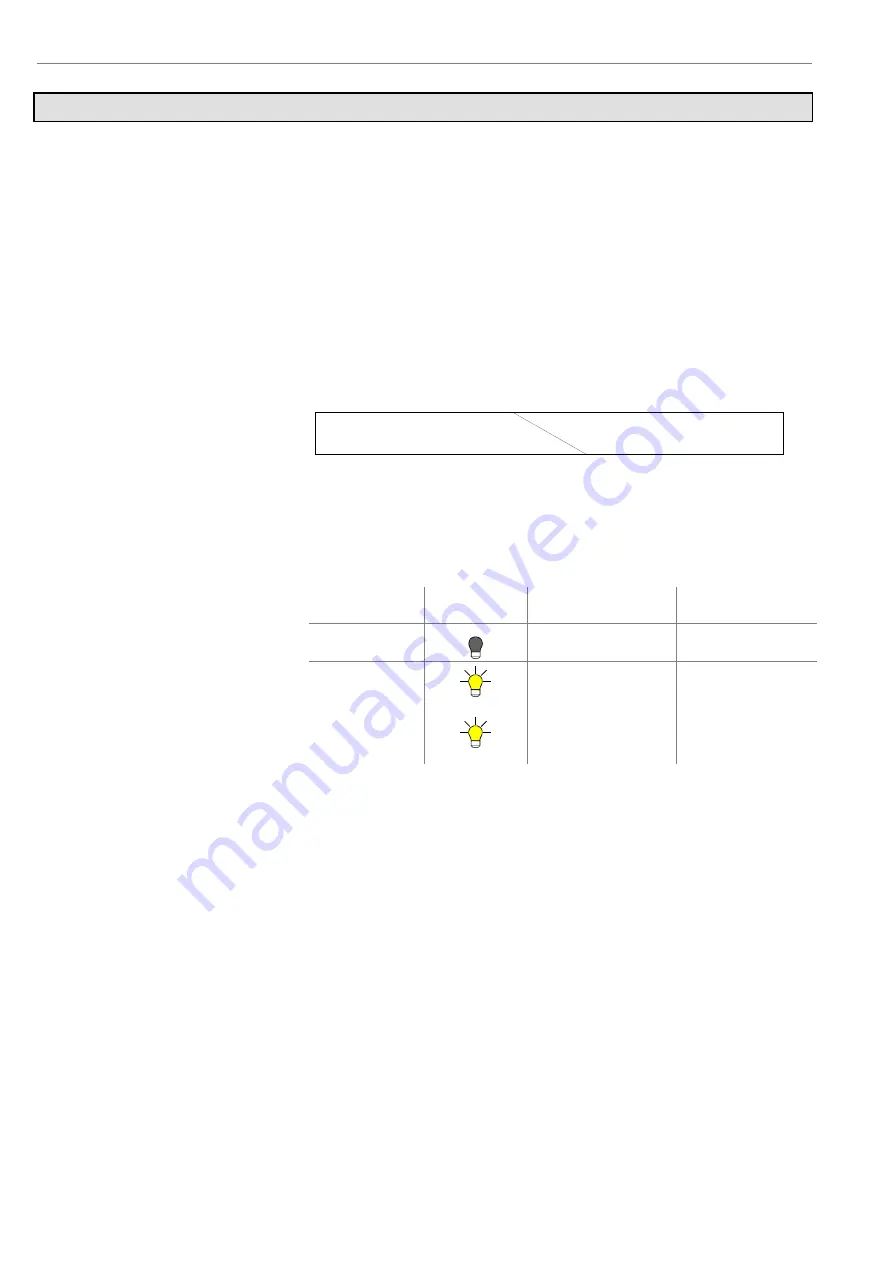
FRG-700 Inverted Magnetron Pirani Gauge
14
4 Operation
As soon as the required supply voltage is applied, the measuring signal is available
between pins 3 and 5. (
→
Appendix for the relationship between the measuring
signal and the pressure).
Allow for a stabilizing time of approx. 10 min. Once the gauge has been switched
on, permanently leave it on irrespective of the pressure.
The gauge consists of tow separate measuring systems (Pirani and cold cathode
system according to the inverted magnetron principle). They are combined in such
a way that for the user, they behave like one measuring system.
The optimum measuring configuration for the particular pressure range, in which
measurement is performed, is used:
10
-4
mbar
10
-2
mbar
1000 mbar
5×10
-9
mbar
Cald cathode
Pirani
•
The Pirani measuring circuit is always on
•
The cold cathode measuring circuit is controlled by the Pirani circuit and is
activated only at pressures <1×10
-2
mbar
The identification output (pin 6) indicates the current status of the gauge:
Pressure
Lamp on the
gauge
Operating mode
Pin 6
p > 1
×
10
-2
mbar
Pirani-only mode
Low = 0 V
p < 1
×
10
-2
mbar
Cold cathode not
ignited
Pirani-only mode
Low = 0 V
p < 1
×
10
-2
mbar
Cold cathode ignited
Combined Pirani / cold
cathode mode
High = 15 … 30 VDC
As long as the cold cathode measuring circuit has not ignited, the measuring value
of the Pirani is output as measuring signal (if p < 5
×
10
-4
mbar, "Pirani underrange"
is displayed).
The measuring signal depends on the type of gas being measured. The curves are
accurate for dry air, O
2
, CO and N
2
. They can be mathematically converted for
other gases (
→
Appendix B).
If you are using an VARIAN controller, you can enter a calibration factor to correct
the pressure reading (
→
of that controller).
When cold cathode measuring systems are activated, an ignition delay occurs. The
delay time increases at low pressures and is typically:
10
-5
mbar
≈
1 second
10
-7
mbar
≈
20 seconds
5×10
-9
mbar
≈
2 minutes
4.1 Measurement Principle,
Measuring Behavior
Gas type dependence
Ignition delay















































